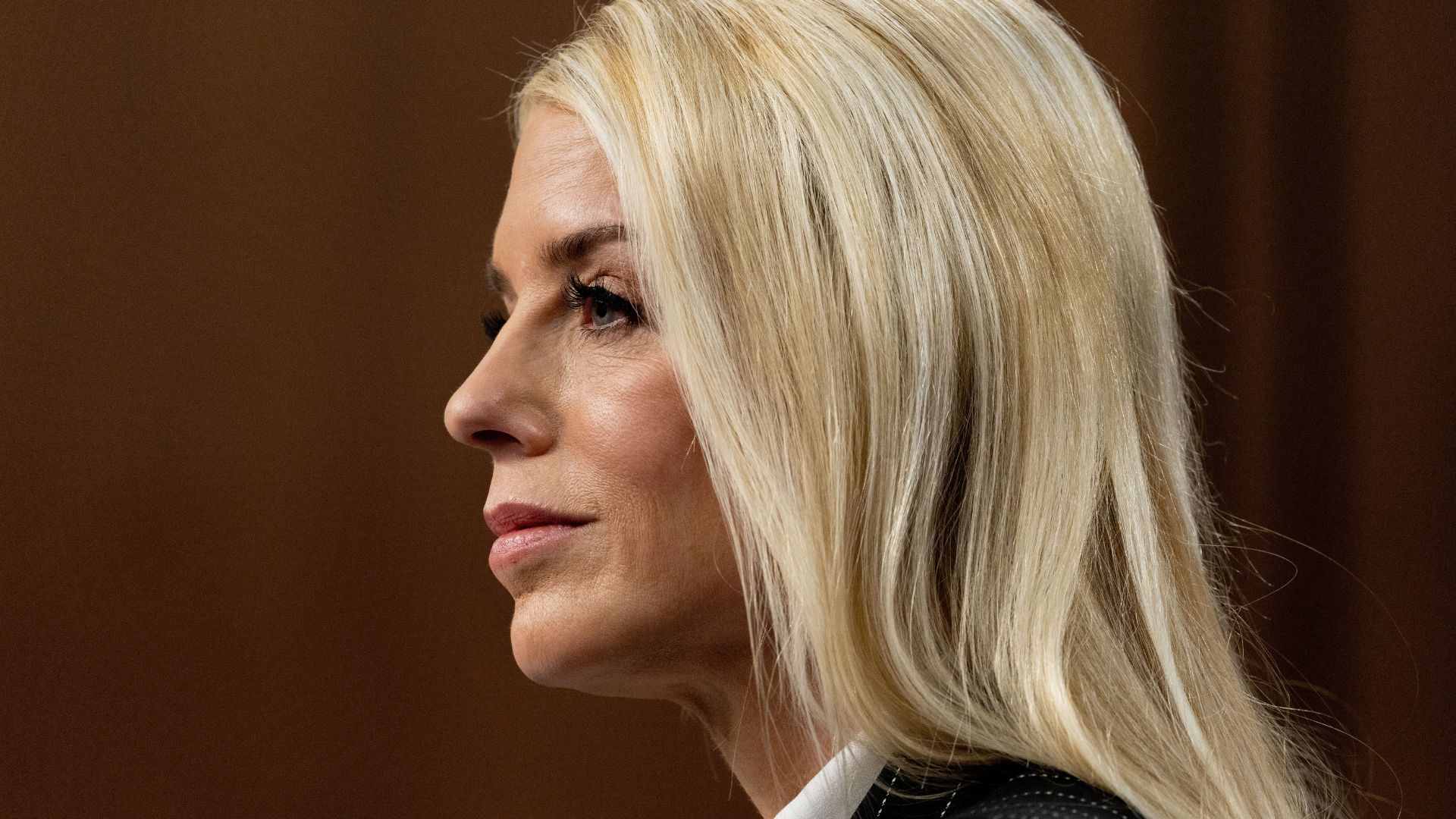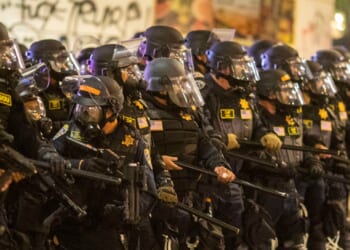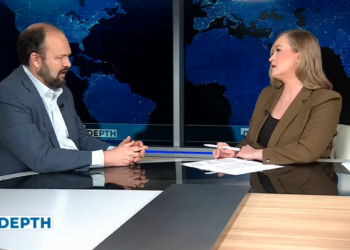
Questions are mounting over the authenticity of surveillance footage released by the FBI in connection to the death of Jeffrey Epstein. A new report from WIRED on Friday revealed that the video labeled as “raw” appears to have been altered, based on a forensic analysis of the file’s metadata.
The FBI and Department of Justice (DOJ) recently reaffirmed their conclusion that Epstein died by suicide at the Metropolitan Correctional Center (MCC) in New York, a claim repeated in a memo shared Sunday with Axios.
Trump’s Sovereign Wealth Fund: What Could It Mean For Your Money?
As part of that release, the agencies published two versions of video footage captured outside Epstein’s cell on the night of his death—one labeled “enhanced” and another described as “raw.”
However, two independent video forensic experts consulted by WIRED disputed the DOJ’s claim that the second video was unedited.
According to the analysis, the “raw” file exhibited signs of being processed using Adobe software—most likely Adobe Premiere.
Metadata embedded within the file referenced file extensions typically used by the editing software.
This Could Be the Most Important Video Gun Owners Watch All Year
“The ‘raw’ file shows clear signs of having been processed using an Adobe product, most likely Premiere,” the report stated.
Further, WIRED reported that the video appears to have been “assembled from at least two source clips, saved multiple times, exported, and then uploaded to the DOJ’s website.”
Rather than being a continuous, uninterrupted stream from a single surveillance source, the file was described as a composite of at least two separate MP4 clips.
NEW: Metadata from the ‘raw’ Jeffrey Epstein prison video “was likely modified,” according to a new report from WIRED.
The outlet says they analyzed the 10-hour prison video with “independent video forensics experts” who concluded the “raw” footage was modified.
The outlet… pic.twitter.com/LHM9G2Sjf3
— Collin Rugg (@CollinRugg) July 11, 2025
The forensic experts clarified that the presence of editing markers within the metadata does not necessarily prove any intentional manipulation or deception.
WIRED noted that such alterations could have occurred as part of a technical conversion process—such as translating video from a proprietary surveillance format into a more standard MP4.
Still, the revelation is likely to raise further skepticism, particularly among supporters of President Donald Trump who have long questioned the official narrative surrounding Epstein’s death.
“I AM SICK OF THE LIES! YOU LOOKED AT US AND YOU LIED RIGHT TO OUR FACES”@JackPosobiec pic.twitter.com/iF3nTyBTlE
— Real America’s Voice (RAV) (@RealAmVoice) July 9, 2025
Adding to the concern, the footage — which runs for nearly 11 hours — omits the moment when guards entered Epstein’s cell and found his body.
A visible timestamp on both the “enhanced” and “raw” versions of the video jumps from 11:58:58 p.m. directly to 12:00:00 a.m., skipping an entire minute.
Attorney General Pam Bondi addressed the missing timestamp during a cabinet meeting held Tuesday that was open to members of the press.
Bondi acknowledged the time gap and relayed information from the Bureau of Prisons explaining the discrepancy.
“There was a minute that was off the counter, and what we learned from the Bureau of Prisons is every night they redo that video, so every night the video is reset, and every night should have the same minute missing,” Bondi said.
Pam Bondi said the Epstein prison video resets every night and every video should have the same minute missing. So why did this one need to be stitched from two clips, edited in Premiere, and saved four times before release?
Bondi: “There was a minute that was off the counter,… https://t.co/qyxk6Xbas4 pic.twitter.com/rZG7MtHF60
— Grace Chong, MBI (@gc22gc) July 11, 2025
The Bureau of Prisons confirmed Bondi’s explanation but declined to provide additional comment.
The FBI also declined to issue a statement on the footage or the forensic analysis reported by WIRED.
Epstein was housed in the MCC’s Special Housing Unit at the time of his death.
He was awaiting trial on federal sex trafficking charges.
The release of the videos was intended to offer transparency, but instead has renewed public scrutiny over the circumstances of Epstein’s death and the federal government’s handling of the case.

![Pam Bondi Defends Missing Epstein Minute, Critics Not Buying It [WATCH]](https://www.right2024.com/wp-content/uploads/2025/07/Pam-Bondi-Defends-Missing-Epstein-Minute-Critics-Not-Buying-It-750x375.jpg)


![Coast Guard Rescue Swimmer Credited with Saving 165 People [WATCH]](https://www.right2024.com/wp-content/uploads/2025/07/Coast-Guard-Rescue-Swimmer-Credited-with-Saving-165-People-WATCH-350x250.jpg)









